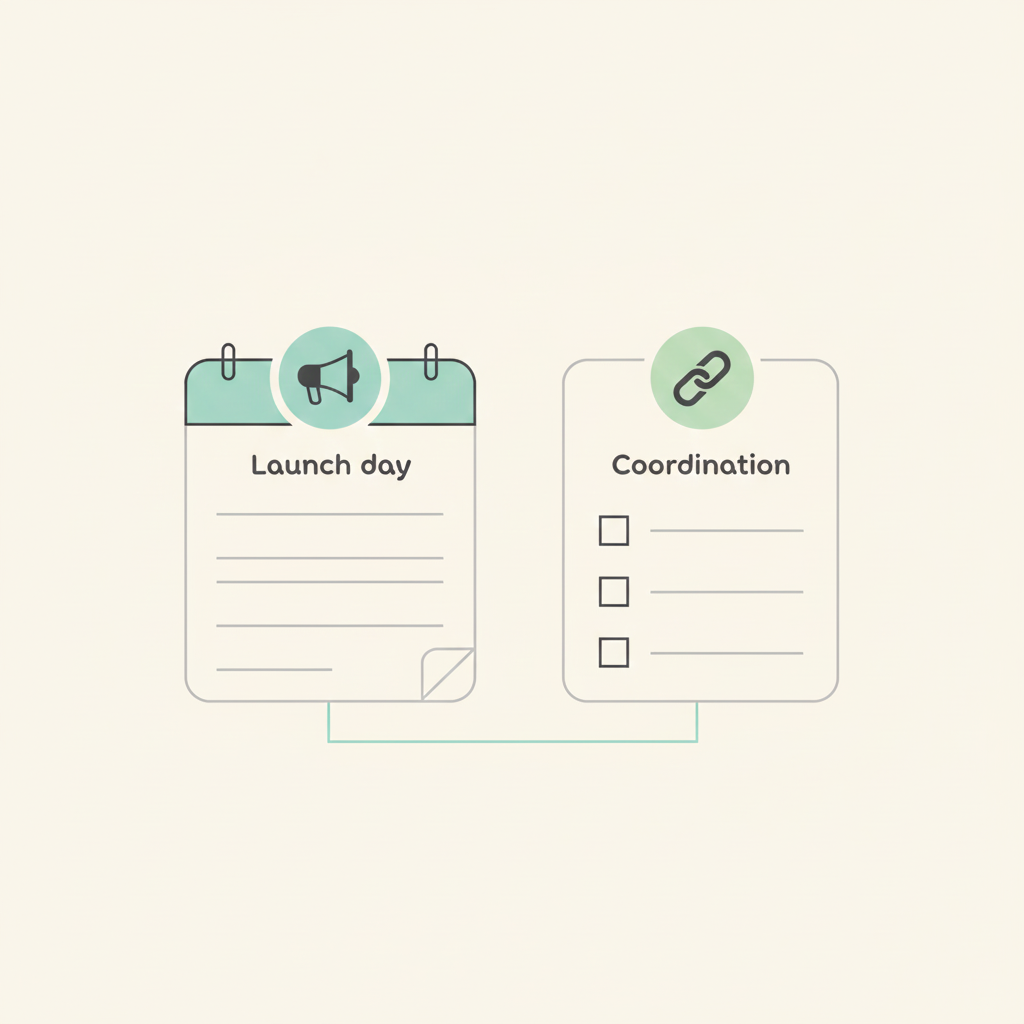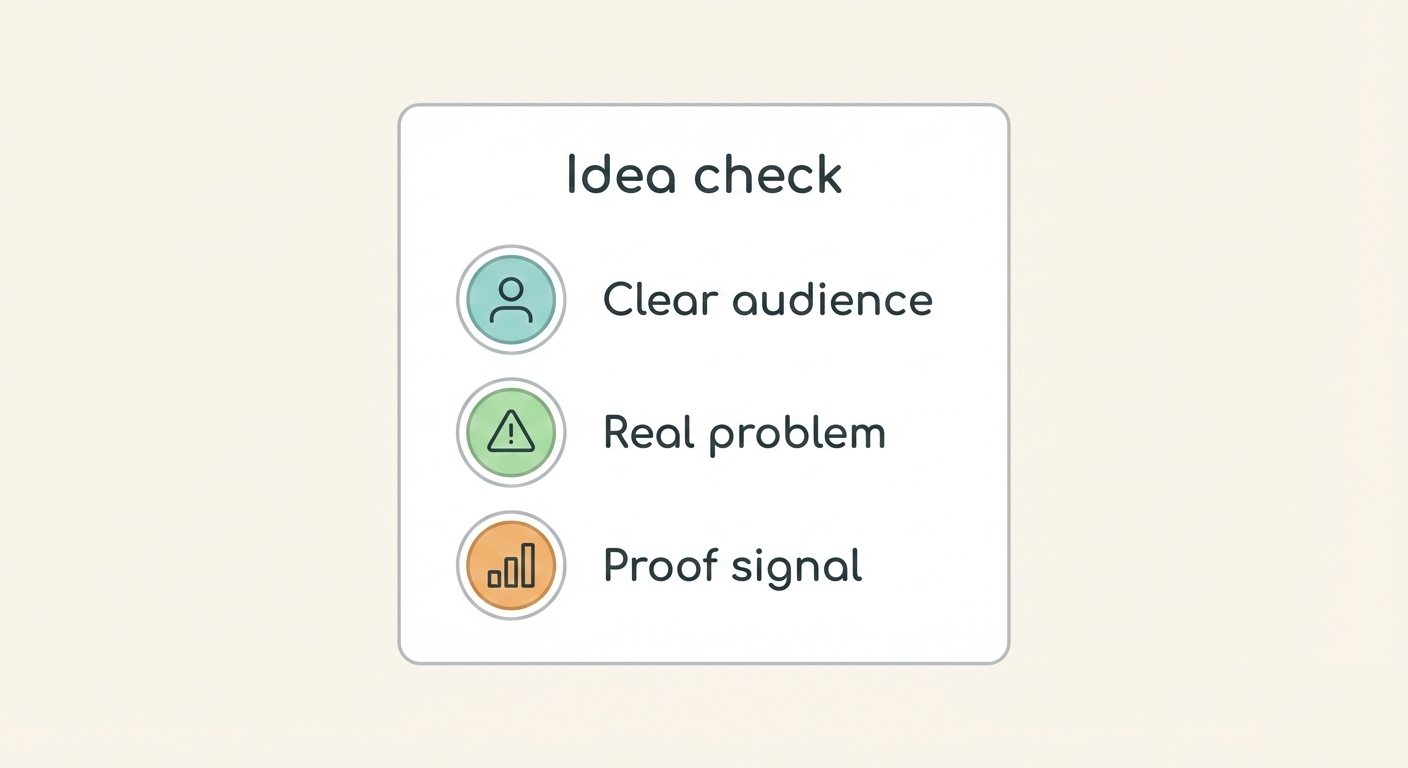4 complicated project management software tools
Ever sat in a long training session at work, learning how to use the latest project management software? Didn't you want to just hit the ground running and get on with your project instead?
Not every software tool was designed to be simple. In fact, some are a downright maze to navigate through — whether that's intentional or by accident.

But what do complicated project management tools have in common? Who are they designed for, and do they need to be so perplexing? Which are the four best examples — or worst culprits — of a complicated project management software tool? And what's the alternative?
Read on for our full guide.
What makes a project management software complicated?
First, let's define what kind of tools we're referring to in this article.
- Lots of extra features – When managing your day-to-day job, you should only see features you want to click on. Instead, extraneous views and countless ways of doing the same thing disengage the user.
- Complicated user interface – Most users prefer a dashboard that brings together only items requiring their immediate attention. Instead, a complicated software will show you notifications for things you've never needed to know.
- Tries to do everything – It's rare for one software app to fulfill all of your workplace needs. Yet, some project management tools will try to bring you every feature, and they're not always the most well-designed solutions for your project management problem.
- Needs an administrator – A complicated project management tool often can't be set up or managed by the project manager. An extra pair of hands with IT expertise means an ongoing monthly expense assigned to your projects.
- Needs more training – Introducing more technically complicated tools to a project can confuse team members and inhibit general uptake. Extensive training takes time out of more mornings they'd rather use to further their project deliverables.
Who is the target audience for complicated project management tools?
Complicated project management software is usually designed to suit the needs of large enterprises. Numerous stakeholders working at all levels of management, marketing, deliverables, or accounts will need to see very different aspects of the same project.
Projects with a long timeframe have many factors that add ambiguity. Delays in one area of a project need to be reflected across various contingencies and deadlines. Project managers often reach for a complicated tool to handle this critical size.
But these large and well-known businesses often still don't need quite so many features. They just take years longer than startups, on average, to adopt newer and more streamlined project management tools.
1. ClickUp

Combines all of your other tools into one place
ClickUp has the potential to bring together all of your smaller work tools in one software. It offers features like centralized company information, document storage, chat, goal setting, and it can even turn your emails into tasks.
Stand-out features
- Dashboards: Work can be more easily visualized and shared in a high-level overview with the Dashboards feature. Plenty of other task management views include timelines, calendars, Gantt charts, and mind maps.
- Time-tracking: ClickUp allows you to add time estimates to tasks, so it's easier to allocate resources and set team expectations. Track time automatically or manually, from any device — and produce billable time reports.
- Automation: ClickUp offers over 100 ways to automate everyday work. These include rules for creating and assigning tasks, as well as posting comments and moving statuses.
Drawbacks
- Jack-of-all-trades: Although ClickUp offers a large range of features, you might notice your team isn't interested in using many of them. By packing everything into one software, tools are often lower quality, and running speed suffers.
- Difficult to learn: The ClickUp software is complicated and incredibly customizable — ideal if you're an IT buff. But for less tech-savvy team members, it presents a steep and overwhelming learning curve.
- Hard to find tasks: With so much oversight and extra functionality, the details of a task can get lost — and sometimes even the task itself.
What's the pricing?
ClickUp has five pricing levels, from a free starter version up to $19+ p/m per user.
2. Jira

Great for use in distributed teams
A "distributed team" means every team member works remotely, in a separate location from one another. Jira is useful for presenting identical workflows and a single point of truth for colleagues to collaborate together.
Stand-out features
- Agile project management: Jira offers both Scrum boards and Kanban boards for use. These popular project management tools help teams easily visualize their workflow, maximize efficiency, and continuously improve.
- Bug tracking: Bugs are to-dos that stem from problems within a software-building process. With Jira, IT engineers can create a continual backlog to monitor and actively prioritize bugs.
- Extensive integration: Jira integrates with over 3000 apps, including design tools, customer support apps, and DevOps monitoring programs.
Drawbacks
- Difficult to make projects: Jira is especially complicated when it comes to creating new projects. An accountant or marketing manager often finds the tool takes longer to use and productivity is lost from the start.
- Time-consuming: Initial setup of Jira is slow. Customization is too time-consuming and you can't disable tools you don't need, even though that would help it run faster.
- No collaboration: Want to give your client access to the project to make sure you're both singing from the same hymn sheet? This isn't possible in Jira.
What's the pricing?
Prices vary from a free version (for up to 10 users) to $15.25+ p/m per user.
Get more details on how Jira and Breeze stack up in our Jira vs Trello vs Breeze comparison!
3. Asana
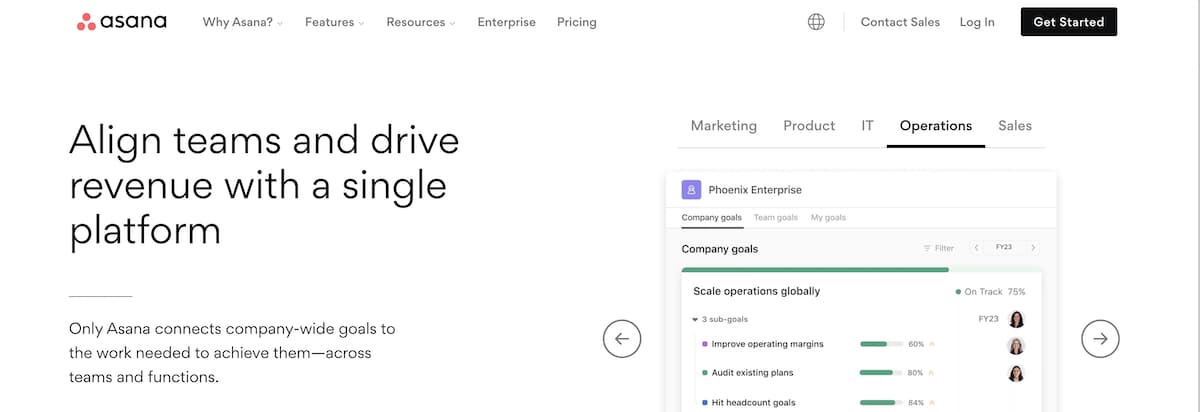
A simple interface for newbies
On the surface, Asana is more intuitive to use than the other tools on this list. If this is your first project management tool, the visual interface and task views will be easier to get to grips with.
Stand-out features
- More than tasks: Not only will you create tasks within projects, but you can list subtasks to break down projects further. Each subtask can be given a due date and assigned to a user, just like with a task.
- Views allow easy changes: You needn't open a task to change its details. Drag and drop tasks onto different days in your calendar, change your priorities in the board, or change fields in a custom list view.
- Video Messaging: Record a video of yourself as you explain a topic to colleagues. You can share the video or convert it into an audio transcript within Asana.
Drawbacks
- Task functionality limitations: Even if more than one person is collaborating on a task, you can only assign each task to one team member. You also can't set a date range for a task, only a single due date.
- Lacks project management essentials: Although Asana offers many features, these don't include a master project board, detailed project scheduling, built-in time tracking, reporting, or budget estimates.
- No customer service: Asana offers detailed resources to help you use the tool. But if the software errors, there's no support department to get things working again.
What's the pricing?
There's a free version. When billed annually, prices range from $10.99 to $24.99 p/m per user — not including Enterprise prices.
4. SAP PPM
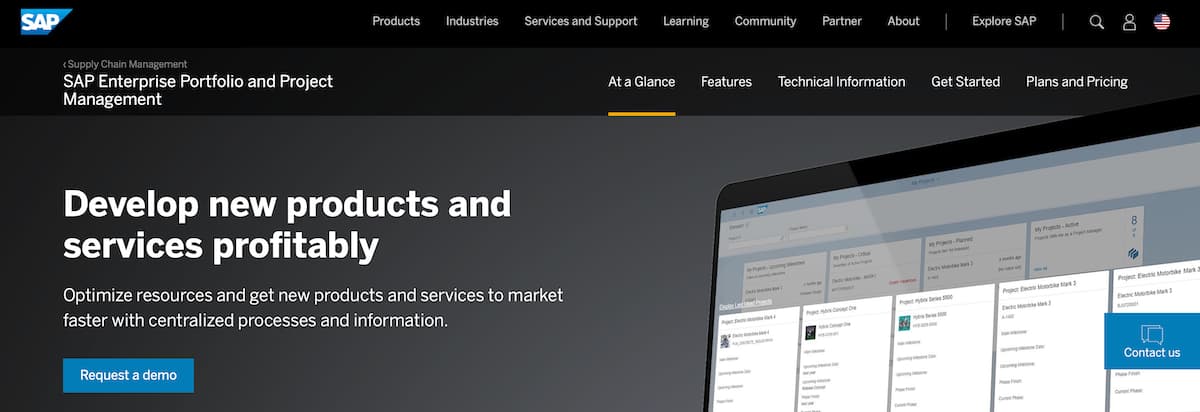
Centrally manage the project lifecycle
SAP Enterprise Portfolio and Project Management (PPM) allows companies to track the full lifecycle of a project in immense detail. Make use of forecasting, planning, deliverables tracking, and billing stage features.
Stand-out features
- Create with detail: Create projects from standard templates or from scratch in SAP PPM. A detailed project plan includes timelines, milestones, delivery dates, and a status mechanism.
- Financial tracking: By creating cost and revenue plans, you can plan and monitor financials within projects from the start. Linking the two functions can also enable you to automate cost and revenue reporting.
- Change management: SAP PPM lets you establish transparent processes to record project issues and deviations. When a change occurs, you'll witness its financial impact.
Drawbacks
- Not enough reporting: For such an overloaded piece of software, project management reports are lacking. Some programmers have resorted to creating custom solutions involving tools like BI and Excel.
- No external integrations: SAP PPM can be integrated with other SAP products. But it doesn't integrate at all with other project management products you'll probably still want.
- Complicated implementation: Keen to onboard your new project management tool asap? To get SAP PPM, you'll need to request a quote, then consult with SAP implementation services or an accredited third party.
What's the pricing?
Either $38 (Standard) or $131 (Professional) p/m per user.
What’s the alternative to complicated project management tools?
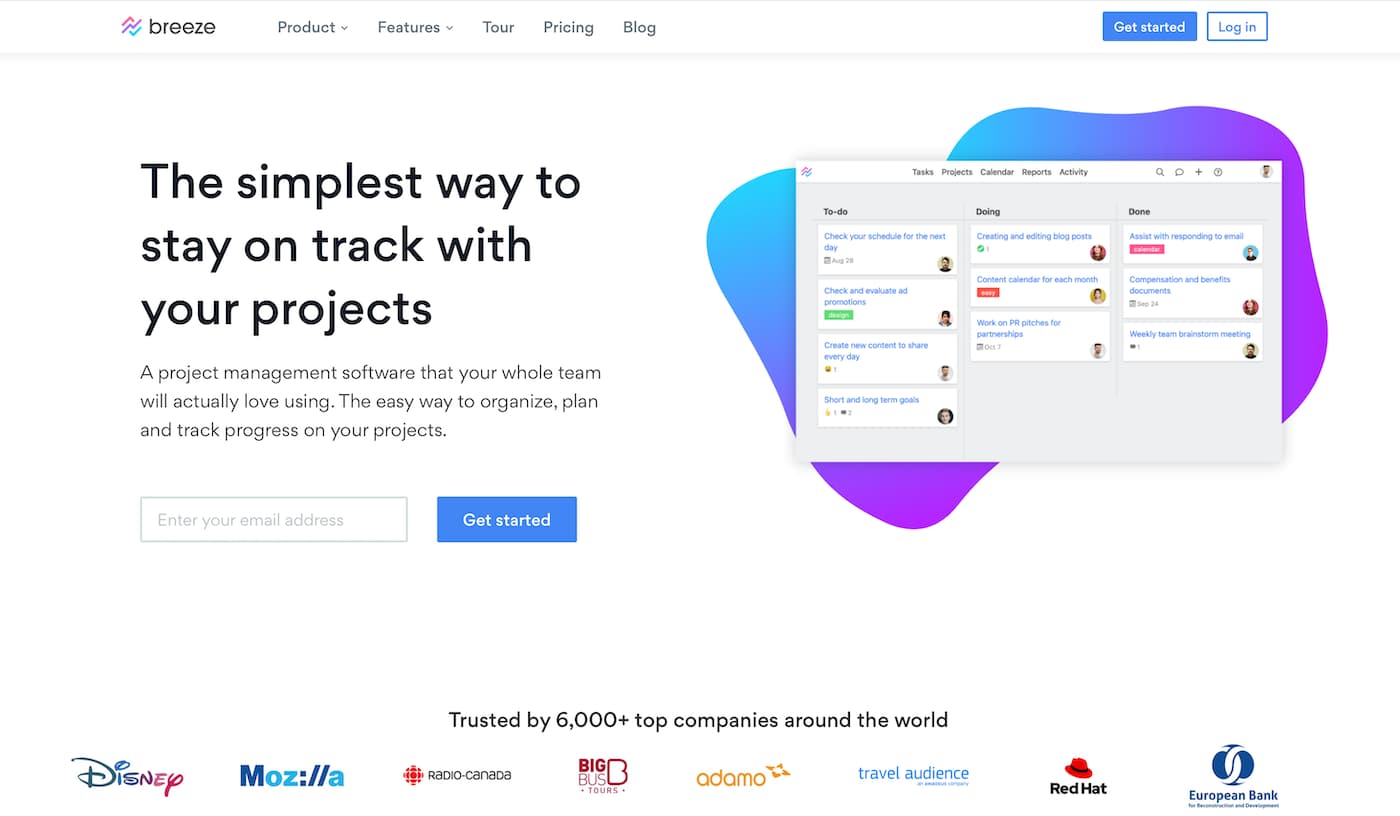
Using a project management tool like Breeze. Designed to be simple, clean, and intuitive for everyday use, there's no setup required. Breeze is quick to wrap your head around and can be adopted by anyone on your team, whatever their level of technical knowledge. We're such staunch believers in the benefits of simple project management software, we wrote a separate blog post about it.
Breeze is ideal for teams of all sizes and professionals in every field, whether you're a marketer, project manager, accountant, developer, or designer.
Try Breeze for free for 14 days and you'll discover a tool that provides only the features you need — letting you focus on your work instead.

